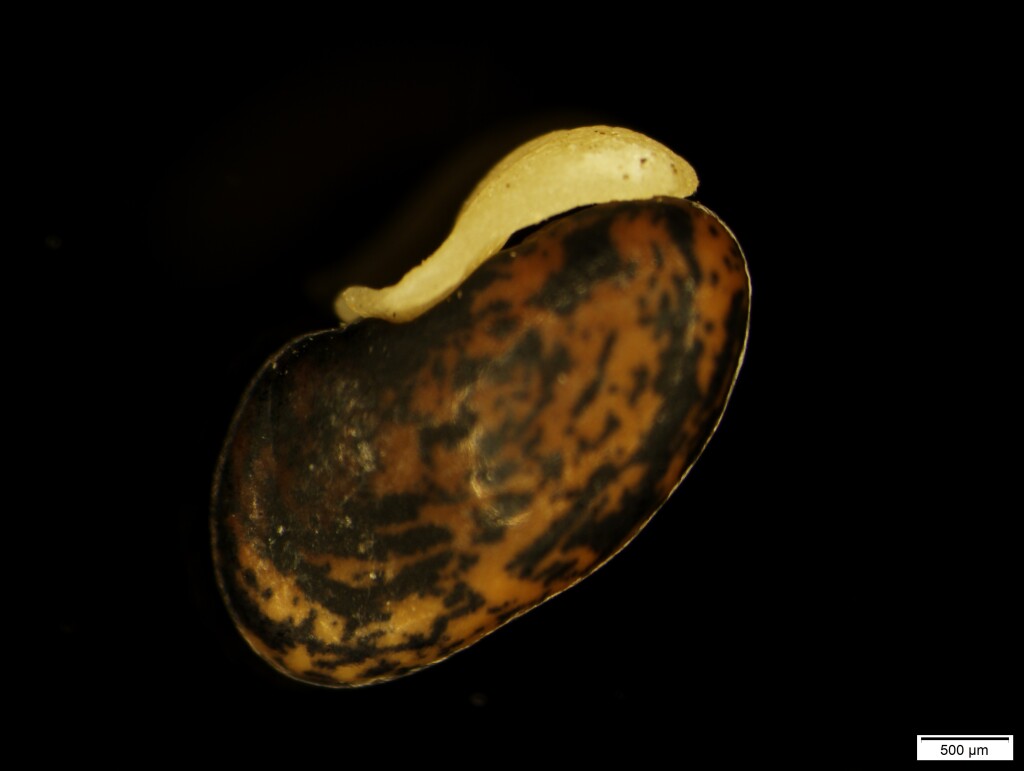Daviesia laxiflora
(J.H.Willis) CrispLarge shrub or small tree to 10 m tall; branches ascending, glabrous, more or less glaucous; branchlets angular. Phyllodes linear to narrow-elliptic, 4–16 cm long, 5–30 mm wide, dark green, margins minutely crenate, undulate, apex acute, base tapering gradually to an articulate petiole-like extension 3–15 mm long; midrib and pinnate secondary venation prominent, tertiary venation coarsely reticulate, inconspicuous. Inflorescences 1–5 per axil, racemose, many-flowered, lax, rachis usually 40–120 mm long; peduncle 7–15 mm long; pedicels 1–7 mm long, subtended by a subulate appressed bract usually 1–2 mm long. Calyx 4.5–5.5 mm long including c. 1.5 mm receptacle, upper 2 teeth united into a nearly entire lip; corolla mostly bright yellow; standard transversely broadly elliptic, 8.5–10.5 mm long, 9.5–11.5 mm wide, bright yellow with a brownish-red marking. Pod obliquely triangular, 7–10 mm long, 5–7 mm wide; seeds compressed ellipsoid, 2.5–3.5 mm long. Flowers Oct.–Jan.
GipP, CVU, NIS, EGU, WPro, HSF, HNF, VAlp. Apart from a disjunct occurrence at Wilsons Promontory, apparently confined to moist montane forests of the Eastern Highlands between Marysville and Mt Baldhead.
Possible hybrids with D. leptophylla have been observed in areas of overlap.
Jeanes, J.A. (1996). Fabaceae. In: Walsh, N.G.; Entwisle, T.J., Flora of Victoria Vol. 3, Dicotyledons Winteraceae to Myrtaceae, pp. 663–829. Inkata Press, Melbourne.
 Spinning
Spinning